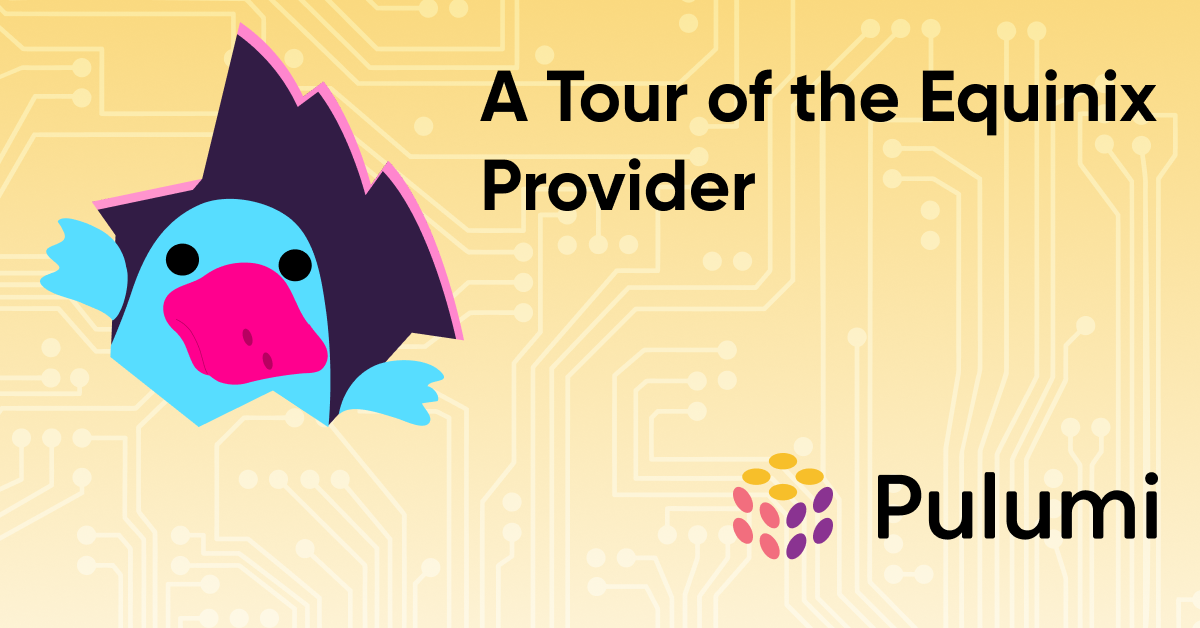New: Helm Chart v4 resource with new features and languages

Today we’re happy to announce a new “v4” version of the Chart resource, available now in v4.13 of the Pulumi Kubernetes provider. The new kubernetes.helm.sh/v4.Chart resource is provided side-by-side with the existing kubernetes.helm.sh/v3.Chart resource. We expect to deprecate v3 in the future. When you need to install a third-party application into your Kubernetes cluster, you’re likely to find a Helm chart for that in Artifact Hub or other registry. Pulumi provides two ways to apply a Helm chart, as outlined in Choosing the Right Helm Resource For Your Use Case.








